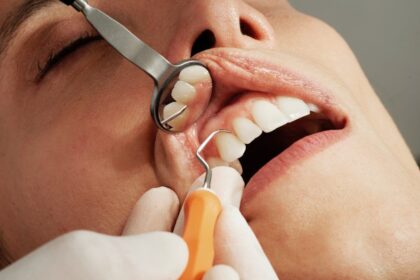Urology healthcare encompasses the treatment of male and female urinary tracts, as well as male reproductive organs. This field of medicine addresses a wide range of conditions affecting the kidneys, bladder, ureters, and urethra. As individuals age, various physiological changes occur within the urinary system, making urological services a fundamental part of healthcare. Here’s information on urinary changes that occur in older populations:
Bladder Capacity
As the body ages, the bladder undergoes natural transformations that commonly affect its function. The elastic tissues of the bladder may become less flexible, leading to a reduced capacity to hold urine. This change means the bladder may feel full more quickly, leading to more frequent trips to the restroom. Bladder muscles can also weaken over time, making it difficult to empty the bladder completely or to control urination effectively.
Conditions such as overactive bladder (OAB) and urinary incontinence often become more prevalent with age. OAB is characterized by a sudden, intense urge to urinate that may be difficult to control, while urinary incontinence involves the unintentional loss of urine. Urology specialists, or urologists, can diagnose these conditions through evaluation and may recommend treatments like behavioral therapies. Some behavioral therapies include bladder training and scheduled voiding. They can also suggest pelvic floor muscle exercises or, in some cases, prescribe medications to help relax the bladder muscle and increase its storage capacity.
Urinary Flow Rate
The aging process can also influence urinary processes and the rate at which urine is expelled from the body. The muscles responsible for contracting the bladder to expel urine may lose some of their strength, and this leads to a slower or weaker urine stream. For men, an enlarged prostate, a common condition known as benign prostatic hyperplasia (BPH), can obstruct the urethra and impede urine flow. These physical changes may slow urination and create the sensation of incomplete bladder emptying.
Urology services offer several ways to address issues related to muscle contractions and urine flow rates. After a thorough assessment, which may include a test to measure the speed of urination, a urologist can determine the underlying issue. Treatments for a weak stream may involve medications that help relax the muscles at the bladder neck or shrink an enlarged prostate.
Postvoid Residual Urine Volume
Postvoid residual (PVR) urine volume refers to the amount of urine left in the bladder immediately after urination. A small amount of residual urine is normal, but a consistently high PVR volume can indicate that the bladder is not emptying properly. This condition is commonly caused by:
- Weakened Bladder Muscles
- Nerve-related Issues Affecting Bladder Control
- Blockages (Like an Enlarged Prostate)
High PVR volumes increase the risk of urinary tract infections (UTIs) and may affect kidney function over time. A urologist can measure PVR volume and voiding pressure, and then develop a treatment plan to improve bladder emptying. Some treatment options may include medication management and various urination techniques to help reduce bladder pressure and emptying issues.
Voiding pressure is the pressure exerted by the bladder during urination. It is a key factor in assessing bladder function and is typically measured, along with urine flow rates, during urodynamic testing. An optimal voiding pressure effectively empties the bladder without excessive strain.
Benefit From a Urology Appointment Today
Physical changes from aging pose unique challenges to urinary health, but many urinary conditions are manageable with medical guidance. From reduced bladder capacity to changes in urine flow and retention, urological issues can impact daily activities and overall health. Contact a urologist today for a comprehensive evaluation. Seeking professional urological care is a key step for aging populations to maintain urinary function and support a healthy lifestyle.









